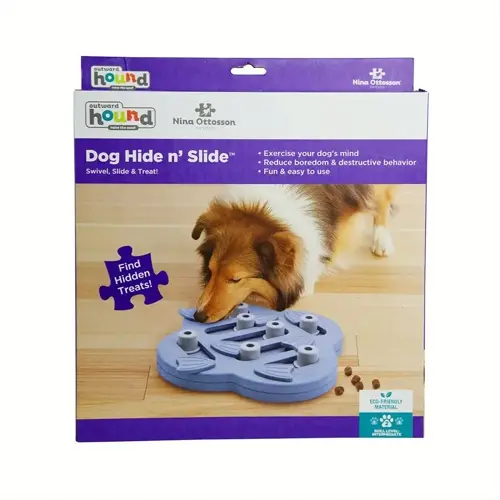How do I transition my puppy from 3 to 2 meals?

Written by
Wang Jiahao
Reviewed by
Prof. David Walsh, Ph.D.Transitioning your pup to fewer meals requires careful planning. An abrupt change in meal frequency can interrupt digestion and be distressing to the puppy. Puppies mature at different rates. The metabolism adjusts gradually. The transition is to facilitate a healthy adult condition. Timing is critical because it can help to avoid growth problems.
Monitoring Digestion avoids issues. Daily stool consistency checks are recommended. Firm brown logs indicate good processing. Soft and wet stool indicates a slow transition into a new diet. Energy level post-feeding should be monitored. If the dog appears lethargic, this may indicate that the portion is too large. Vomiting indicates veterinary consultation is recommended.
Hydration Rules
- Maintain water access during daytime
- Remove water 1 hour before new meal times
- Increase hydration during hot weather
- Watch for excessive thirst changes
Hunger Signals
- Acceptable: Occasional whining before meals
- Problematic: Constant food-seeking behavior
- Manage with puzzle toys between meals
- Offer ice cubes as low-calorie distraction
Activity Adjustments
- Avoid intense exercise 1 hour after meals
- Schedule walks before breakfast
- Reduce play intensity during transition
- Monitor energy dips carefully
Portion Redistribution Keeps Nutrition. Determine your daily calories first. Then divide those total calories between two meals, instead of three. Your morning meal should be the largest meal of the day, as it provides the most energy. Your evening meal should be lighter and will assist with digestion through the night. Using kitchen scales at least initially will be very helpful.
Breed exceptions require special handling. Giant breeds may require three meals for longer periods. Working dogs benefit from lunchtime snacks. Underweight puppies need slower transitions. Consult your vet for personalized schedules.
There are clear signs of successful transitions. Your puppy stays at a steady weight. Your puppy shows excitement when it is mealtime. Your puppy's digestive system is regular. Your puppy maintains energy levels. All of these things let you know your puppy is engaged in the new routine.
Read the full article: Puppy Feeding Schedule: Complete Guide

